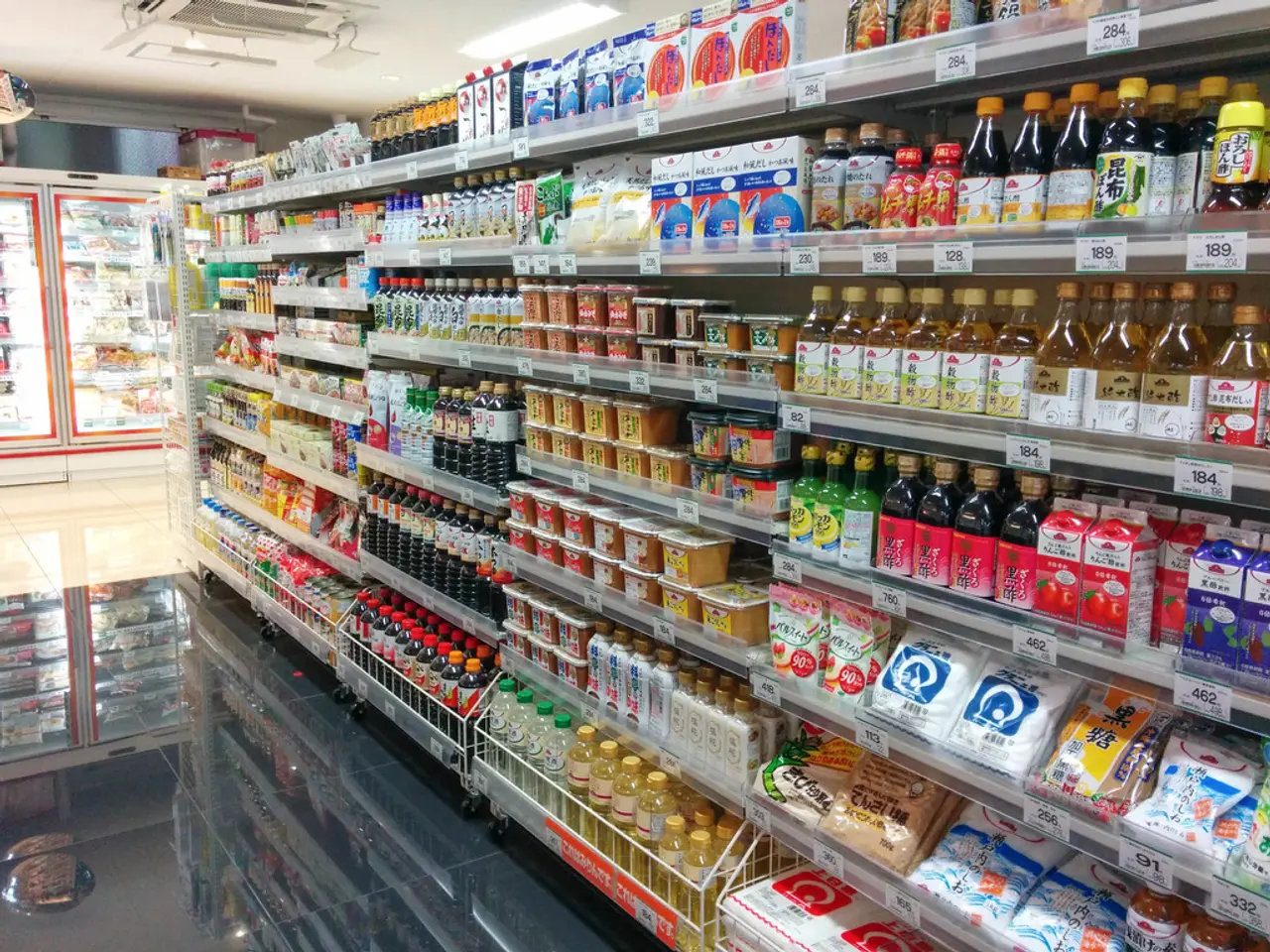Multiple factors led to the decline in the US stock market, resulting in over a trillion dollars being erased in a single day, with three key reasons being identified.
The economy and stock market in the United States are facing challenges due to President Trump's new tariffs, according to recent analysis. These tariffs, enacted in 2025, are projected to have mixed but largely negative effects.
According to Yale's Budget Lab, the tariffs are expected to reduce U.S. real GDP growth by about 0.5 percentage points annually over 2025 and 2026, resulting in a persistent long-run economic shrinkage of roughly 0.4%. This translates to an annual output loss of $115 billion.
The labor market will also be affected, with unemployment rising by 0.4 percentage points by the end of 2025 and 0.7 points by the end of 2026. Payroll employment is expected to fall by about 500,000 jobs in 2025.
Sectorally, manufacturing output might increase by 2.0% due to tariffs, but declines in construction and agriculture are expected to overshadow these gains.
The tariffs are contributing to rising prices that are predicted to increase household costs nationally by an average of $2,400 in 2025 alone. This significant impact on family budgets and businesses is especially evident in states like California, where tariff costs were $11.3 billion early in 2025. California has even taken legal action against the tariffs, highlighting the disruptive impact on trade, supply chains, logistics jobs, and key sectors such as manufacturing and agriculture.
The stock market has also been affected. Following the announcement of new levies ranging from 10% to 41% on nearly 70 countries starting August 7, U.S. stocks tumbled. This downward trend was exacerbated by weak jobs data signaling that hiring slowed as tariffs took hold.
Experts warn that this could push the U.S. economy toward stagflation—a combination of slowed economic growth and rising prices—which complicates Federal Reserve policy decisions. If the Fed raises interest rates to battle inflation induced by tariffs, it risks further slowing the economy; if it lowers rates to stimulate growth, inflation could worsen.
While the Trump administration defends these tariffs as a strategy to promote domestic manufacturing, investment, and fair trade practices, the immediate economic data point to significant negative impacts on employment, economic growth, consumer prices, and stock market stability.
In summary, the new tariffs appear to slow economic growth, increase unemployment and consumer costs, disrupt supply chains, and create volatility and downward pressure in the stock market, while raising complex challenges for monetary policy.
- The new tariffs, predicted to cause a persistent economic shrinkage of roughly 0.4%, are expected to result in an annual output loss of $115 billion, suggesting a challenging time for finance and investing in the U.S. economy.
- The stock market has been affected by the tariffs, with U.S. stocks tumbling following the announcement of new levies, causing a negative impact on stock-market trading.
- The rising prices due to tariffs are predicted to increase household costs nationally by an average of $2,400 in 2025 alone, making defi and personal finance more demanding for average families.
- The administration's effort to promote domestic manufacturing, investment, and fair trade practices through tariffs may have been misguided, with significant negative impacts on employment, economic growth, consumer prices, and stock market stability seen thus far.
- The tariffs' disruptive impact on trade, supply chains, logistics jobs, and key sectors such as manufacturing and agriculture could make investing in these areas uncertain, creating complex challenges for businesses and strategic decision-making in the finance sector.




